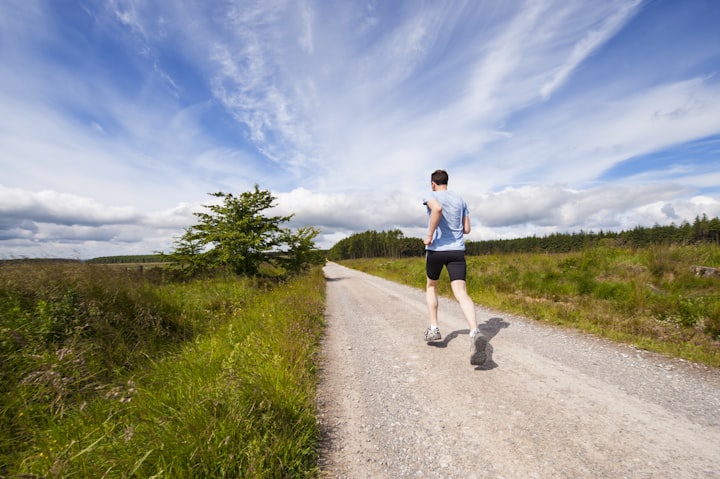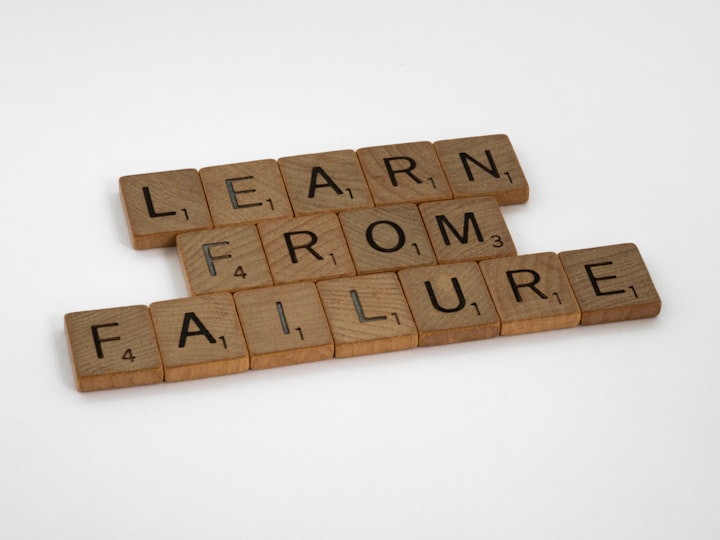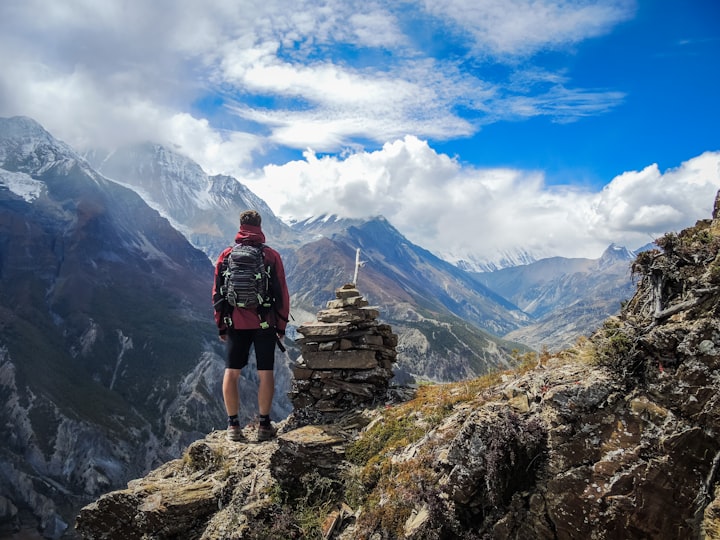Researchers Figured Out How Much Exercise You Need to 'Balance' a Day of Sitting
What do fitness researchers they recommend?

We realize that going through continually plunking down isn't useful for us, yet exactly what amount practice is expected to balance the negative wellbeing effect of a day at a work area? A recent report proposes around 30-40 minutes out of each day of developing a perspiration ought to get it done.

As long as 40 minutes of "moderate to lively power active work" each day is about the perfect add up to adjust 10 hours of standing by, the exploration says – albeit any measure of activity or even standing up serves somewhat.
That depends on a meta-investigation across nine past examinations, including a sum of 44,370 individuals in four distinct nations who were wearing some type of wellness tracker.
The examination discovered the danger of death among those with a more inactive way of life went up as time spent taking part in moderate-to-incredible power active work went down.
"In dynamic people doing around 30-40 minutes of moderate to enthusiastic power actual work, the relationship between high stationary time and hazard of death isn't essentially not quite the same as those with low measures of inactive time," the specialists wrote in the British Journal of Sports Medicine (BJSM) in 2020.
All in all, placing in some sensibly serious exercises – cycling, lively strolling, planting – can bring down your danger of a previous passing right down to what it would be in case you weren't doing too lounging around, to the degree that this connection can be found in the amassed information of a large number of individuals.

While meta-investigations like this one generally require some intricate spot joining across isolated examinations with various volunteers, timescales, and conditions, the advantage of this specific piece of exploration is that it depended on moderately target information from wearables – not information self-revealed by the members.
The investigation was distributed close by the arrival of the World Health Organization 2020 Global Guidelines on Physical Activity and Sedentary Behavior, set up by 40 researchers across six mainlands. Truth be told, in November 2020 BJSM put out a unique version to convey both the new examination and the new rules.
"These rules are convenient, considering that we are in a worldwide pandemic, which has bound individuals inside for extensive stretches and empowered an increment in stationary conduct," said actual work and populace wellbeing specialist Emmanuel Stamatakis from the University of Sydney in Australia.
"Individuals can in any case ensure their wellbeing and offset the destructive impacts of actual inertia," says Stamatakis, who wasn't associated with the meta-examination yet is the co-supervisor of the BJSM. "As these rules accentuate, all actual work checks and any measure of it is superior to none."
The exploration dependent on wellness trackers is extensively in accordance with the new WHO rules, which suggest 150-300 mins of moderate force or 75-150 mins of energetic power actual work each week to counter inactive conduct.
Strolling up the steps as opposed to taking the lift, playing with kids and pets, participating in yoga or moving, doing family tasks, strolling, and cycling are totally advanced as manners by which individuals can be more dynamic – and in the event that you can't deal with the 30-40 minutes immediately, the analysts say, get going little.
Making proposals across all ages and body types is precarious, however the brief time span for action finds a place with past research. As more information are distributed, we ought to get more familiar with how to remain solid regardless of whether we need to invest expanded times of energy at a work area.
"Albeit the new rules mirror the best accessible science, there are still a few holes in our insight," said Stamatakis.
"We are as yet not satisfactory, for instance, where precisely the bar for 'a lot sitting' is. However, this is a high speed field of exploration, and we will ideally have answers in a couple of years' time."
About the Creator
Charles Mazaba
Creative content writer with a focus on wide ranging topics including self-development and self-awareness.






Comments
There are no comments for this story
Be the first to respond and start the conversation.